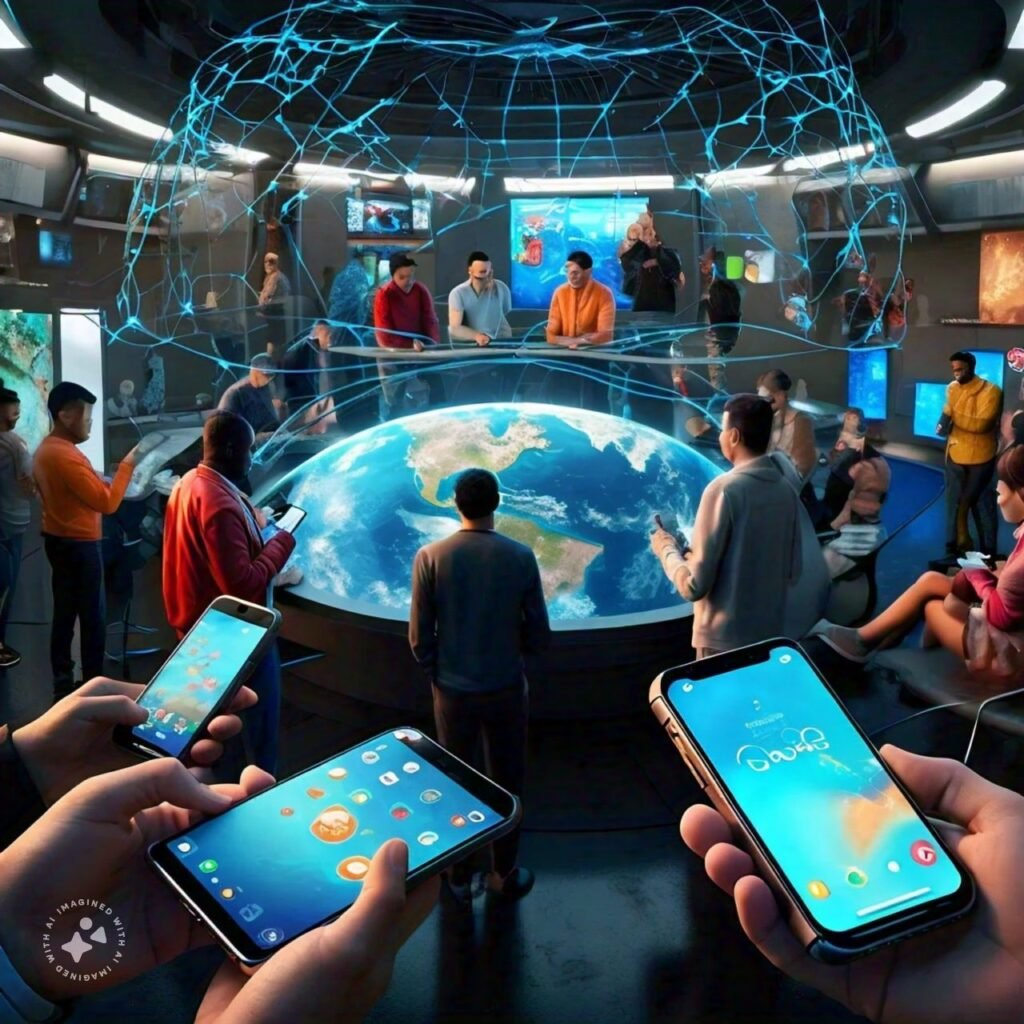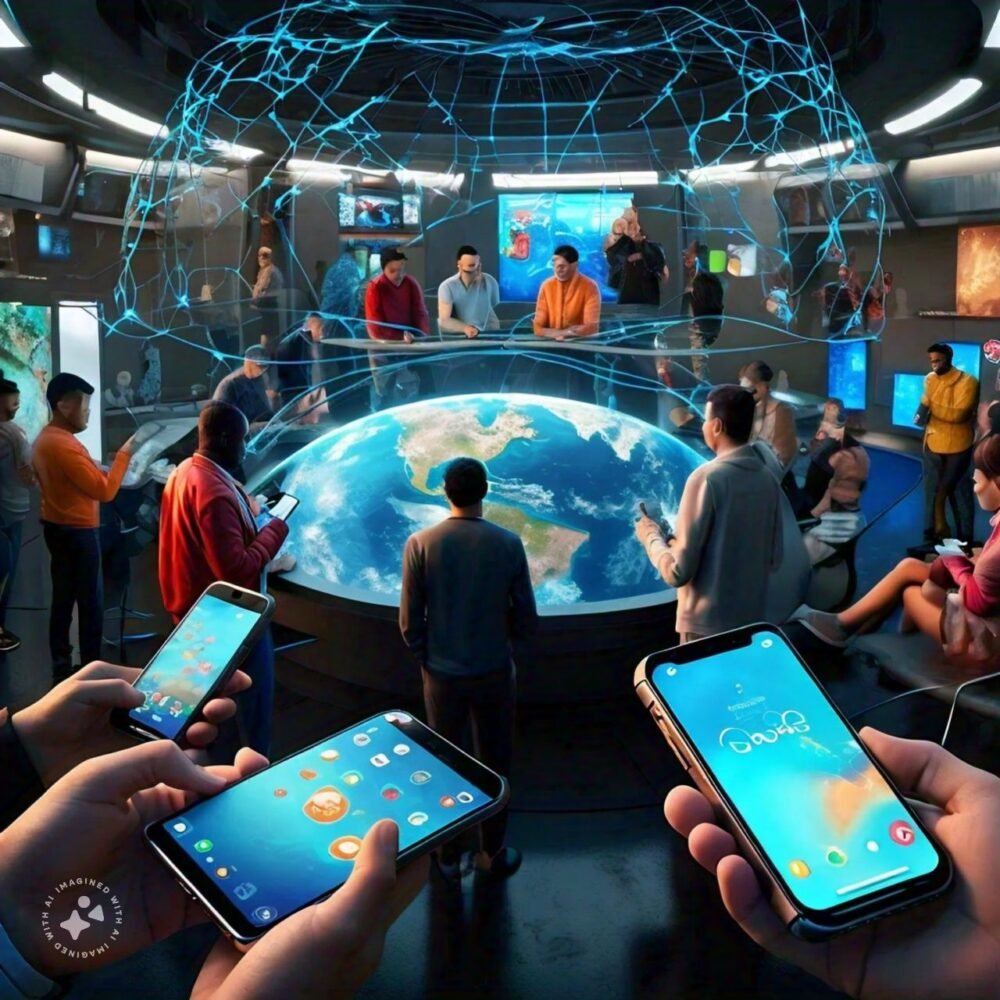Introduction
In today’s interconnected world, online calls have revolutionized how we communicate. Whether catching up with loved ones, conducting business meetings, or collaborating with colleagues, platforms like Zoom, Skype, and Google Meet have become vital tools for bridging distances and encouraging connections. But have you ever thought about the mechanisms that enable these virtual conversations to unfold seamlessly? Join us as we journey through the inner workings of online calls and unravel the magic behind their operation.

The Foundation: Voice Over Internet Protocol (VoIP)
At the heart of online calls lies a groundbreaking technology known as Voice over Internet Protocol (VoIP). Unlike traditional telephone systems that rely on circuit-switched networks, VoIP leverages the power of the internet to transmit voice data in digital packets. This fundamental shift in communication architecture has paved the way for a host of innovations, making real-time audio and video communication accessible to anyone with an internet connection.
The Anatomy of an Online Call
To know how online calls function, it’s essential to understand the key components involved in the process:
1. Initialization: The journey begins when a user initiates a call through a VoIP-enabled application or platform. This action triggers a series of events that set the stage for the transmission of audio and video data.
2. Encoding: Before transmission, the analog audio signals produced by the user’s microphone are converted into digital format through a process called encoding. This digitized data is then segmented into packets, each containing a portion of the audio stream along with relevant metadata.
3. Packetization: The segmented data packets are encapsulated with additional header information, including source and destination addresses, sequence numbers, and timestamps. This encapsulation ensures that the packets remain intact and identifiable as they traverse the network.
4. Routing: Once packaged, the data packets embark on a journey across the internet, guided by routing protocols that determine the optimal path to their destination. This path may involve multiple network nodes, routers, and switches, each playing a crucial role in directing the packets towards their intended recipient.
5. Transmission: As the packets traverse the network, they encounter various challenges, including latency, jitter, and packet loss. To mitigate these issues, sophisticated algorithms and protocols, such as Real-time Transport Protocol (RTP) and User Datagram Protocol (UDP), are employed to prioritize and optimize the delivery of real-time data.
6. Decoding: Upon reaching their destination, the data packets are extracted from the network and reassembled in the correct order. The digital audio and video streams are then decoded back into analog format, ready to be rendered on the recipient’s device.
7. Playback: Finally, the decoded audio signals are amplified and played through the recipient’s speakers, while the video stream is displayed on their screen in real-time. This seamless synchronization of audio and video data creates the illusion of a face-to-face conversation, bridging the physical distance between participants.
Challenges and Innovations
Despite the remarkable advancements in online call technology, several challenges still exist. Issues such as network congestion, bandwidth limitations, and security concerns continue to pose obstacles to optimal performance and user experience. However, ongoing research and development efforts are driving innovations in areas such as codec optimization, network resilience, and encryption protocols, aimed at addressing these challenges and enhancing the reliability and security of online calls.
Conclusion
In essence, online calls represent a triumph of human creativity and technological innovation, transcending barriers of time and space to connect individuals across the globe. Through the seamless integration of VoIP, packet-switched networks, and multimedia protocols, these virtual conversations have become an integral part of our daily lives, empowering us to communicate, collaborate, and forge meaningful connections in an increasingly digital world.




Leave a Reply